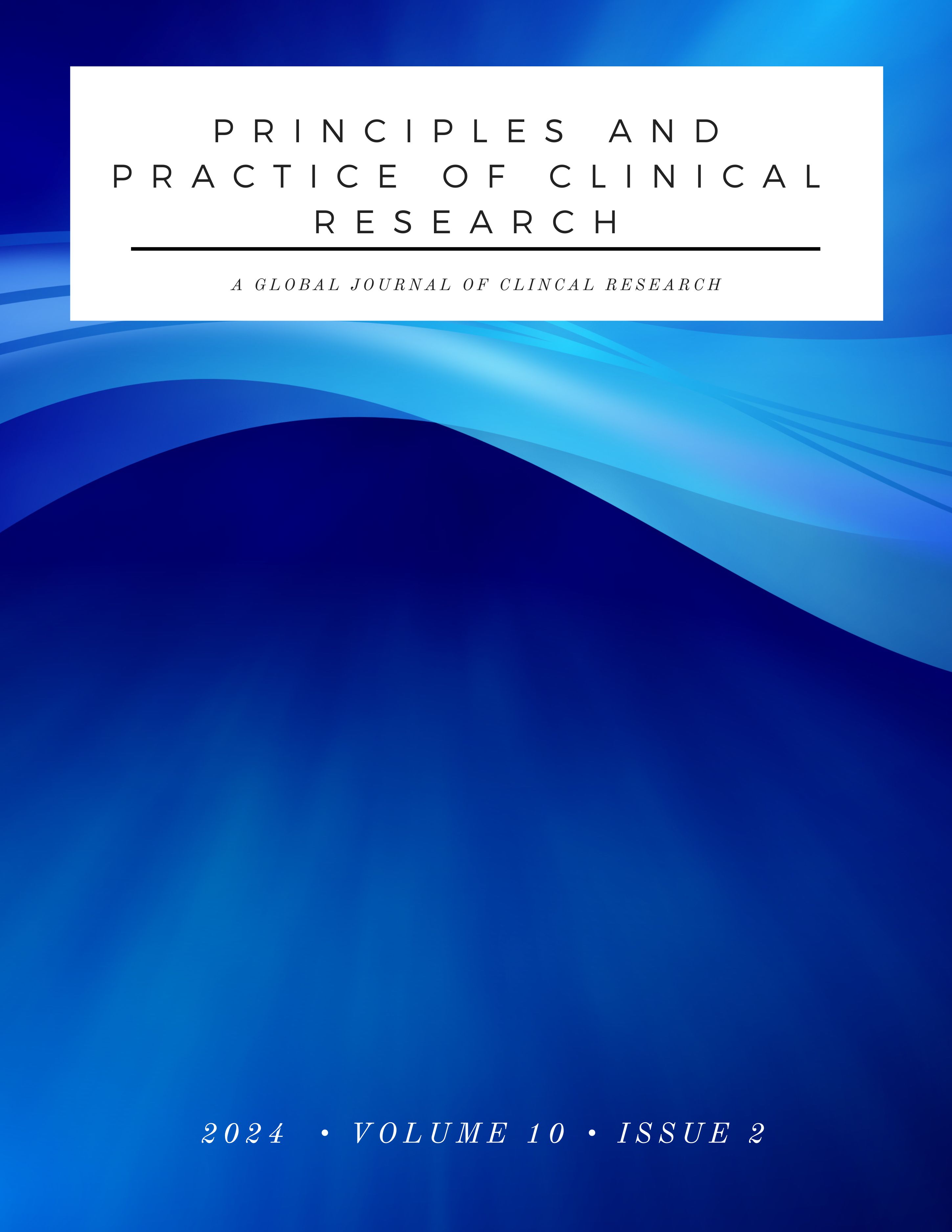Experiences of Discrimination and its Impact onthe Intensity of Pain: A Study in the Elderly Brazilian Population
Main Article Content
Abstract
Background: The experience of pain is multifactorial and may be exacerbated by everyday stressors like discrimination leading to a poor quality of life. Perceived discrimination has been associated with the presence and increased intensity of pain. The elderly population may be more likely to experience discrimination making them vulnerable to external stress factors that can make managing pain more difficult. We aimed to explore the influence of discrimination and stress on pain intensity in an elderly Brazilian population.
Methods: In this cross-sectional study design, we analyzed the data from the Brazilian Longitudinal Study of Aging (ELSI-Brazil) in which participants answered the revised everyday discrimination questionnaire stating their pain intensity and perceived stress level. The effect of discrimination and stress on pain intensity was assessed using a multivariable-adjusted ordinal logistic regression. Sensitivity analysis with multiple imputations for missing data was also conducted to assess the robustness of the findings.
Results: In the elderly Brazilian population, discrimination and perceived stress had a significant association with pain intensity. The odds of experiencing strong intense pain were 7% higher in an adult experiencing everyday discrimination(OR= 1.07, 95% CI: 1.03-1.11, p<0.001). Stress was also significantly associated with pain intensity (OR 1.05, 95% CI1.05 - 1.06). This finding emphasizes the need to address the influence of such societal factors on the psychological and physical aspects of pain.
Conclusion: Our study found that there is a significant association between experiences of discrimination and stress with pain intensity in a large population from Brazil in accordance with previous studies despite differences in population demographics and cultural contexts. These findings provide evidence of the generalizability of these associations and underscores the detrimental health consequences associated with perceived discrimination.

